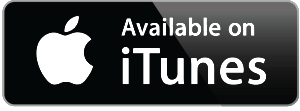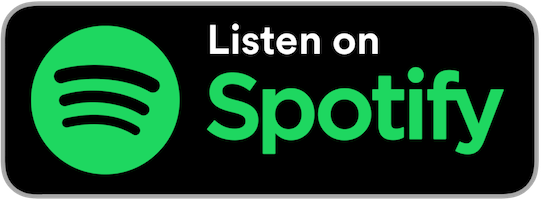
Bitesize: Todd Lewis from All Things Open on why they became a Certified B Corporation
Todd Lewis, founder of All Things Open talks about how important it was to them to become a B Corp, primarily to set an example of standards of practice that they and other people can live by.
Listen to the full episode here.
Communities are changing the way we do business. Discover a concrete framework for building powerful, productive communities and integrating them into your business. My new book, ‘People Powered: How communities can supercharge your business, brand, and teams’, is out now, available in Audible, Hardcover, and Kindle formats. Be sure to check it out!

Bitesize: Kate Drane from Techstars talks about the importance of global support for startups
Kate Drane from Techstars shares the startup accelerator program – Techstars For Life.
Listen to the full episode here.
Communities are changing the way we do business. Discover a concrete framework for building powerful, productive communities and integrating them into your business. My new book, ‘People Powered: How communities can supercharge your business, brand, and teams’, is out now, available in Audible, Hardcover, and Kindle formats. Be sure to check it out!

David Finkel on Work/Life Balance and Staying Focused
Work/Life Balance. How is yours? Good? Decent? Middling?
Let’s be honest, most of us suck at it. Well, David Finkel doesn’t.
David is a Wall Street Journal bestselling author of 11 books and CEO of Maui Mastermind. His new book, The Freedom Formula: How to Succeed in Business Without Sacrificing Your Family, Health, or Life is all about striking this Work/Life balance right, and I thought he would be a great guest to come onto the podcast.
Oh, and he was. I love guests like David, who take an insightful approach to their work, but based on a foundation of honest, frank work. My BS radar didn’t go off at all with this one.
In this episode of Conversations With Bacon, we get into a range of areas, including:
- Why working longer and harder doesn’t pay off (and what actually does)
- Why the 80-20 principle doesn’t go far enough (and how to take it to its most productive extreme)
- How to operationalize the work/life balance
- How to escape the “time and effort” economy
- How to structure the day and week to reclaim five or more hours each week in usable blocks
- What strategies to utilize to recover time and attention from distractions
There is a lot in this for all of you. Definitely give it a listen. Enjoy!
By the way, communities are changing the way we do business. Discover a concrete framework for building powerful, productive communities and integrating them into your business. My new book, ‘People Powered: How communities can supercharge your business, brand, and teams’, is out now, available in Audible, Hardcover, and Kindle formats. Be sure to check it out!
Thanks to my friends at Nerdzoom for editing the show!

Bitesize: Jeff Atwood, Co-Founder of Discourse and StackOverflow, on platform responsibility
Jeff Atwood discusses the tools in Discourse that help keep conversations organized and easily accessible.
Listen to the full episode here.
Communities are changing the way we do business. Discover a concrete framework for building powerful, productive communities and integrating them into your business. My new book, ‘People Powered: How communities can supercharge your business, brand, and teams’, is out now, available in Audible, Hardcover, and Kindle formats. Be sure to check it out!

Bitesize: Angela Brown of The Linux Foundation discusses what contributes to the energy of events
Angela Brown of The Linux Foundation discusses what contributes to the energy and the core elements of a great event.
Listen to the full episode here.
Communities are changing the way we do business. Discover a concrete framework for building powerful, productive communities and integrating them into your business. My new book, ‘People Powered: How communities can supercharge your business, brand, and teams’, is out now, available in Audible, Hardcover, and Kindle formats. Be sure to check it out!
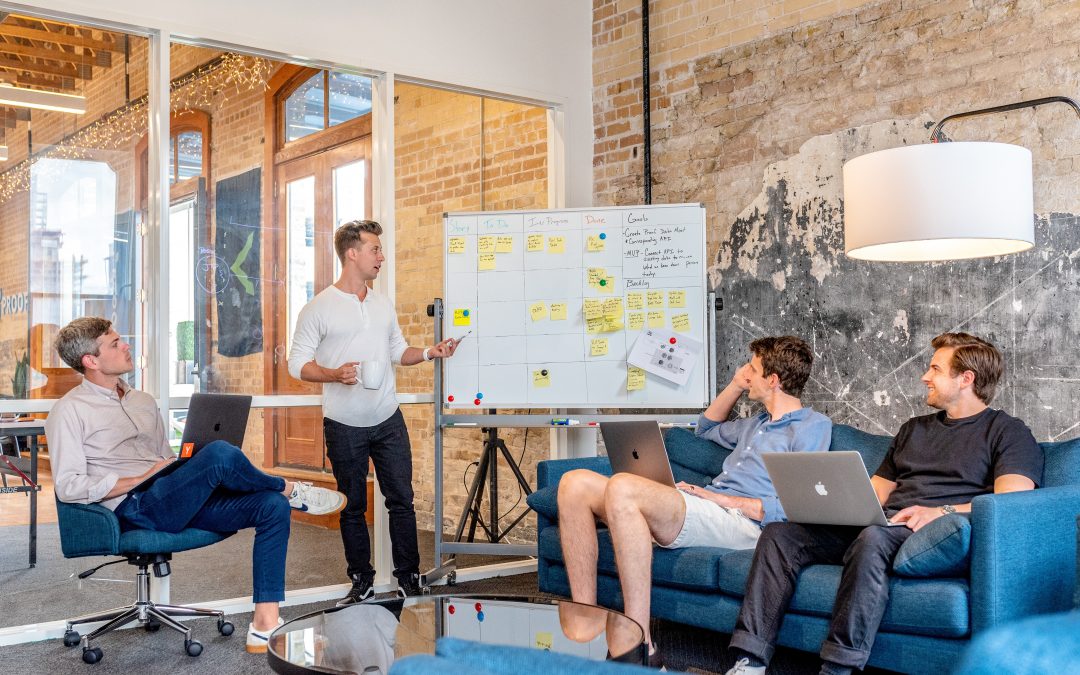
Rahul Vohra on Superhuman, Game Theory, and Product/Market Fit
Would you pay $30 a month for an email service, especially when Gmail is entirely free? I do.
A while back I started using a service called Superhuman. It provides a blisteringly fast, keyboard-driven, experience for email power users. Their value prop is simple: the value of your time saved in email is worth far more than the fee you pay for their service.
Part of Superhuman’s current success is based on that they clearly know the market their product is designed for. This is because they developed a Product/Market Fit Engine, which they shared publicly. Their approach works: they have designed a product their users love, and their engine has enabled them to identify the features their most valuable users want.
Rahul Vohra is the CEO of Superhuman and he comes on Conversations With Bacon to dig into all of this. We delve into:
- Their approach to designing and delivering Superhuman
- Their product/market fit approach and how it was built
- The role of game theory and gamification in building products people love
- Their on-boarding experience (and how it differs from other companies)
- How they have used email effectively for product education and training
- We even get into the survivability of startups with COVID-19
This is a really interesting discussion. If you are interested in product, marketing, or business, it is well worth a listen.
Communities are changing the way we do business. Discover a concrete framework for building powerful, productive communities and integrating them into your business. My new book, ‘People Powered: How communities can supercharge your business, brand, and teams’, is out now, available in Audible, Hardcover, and Kindle formats. Be sure to check it out!
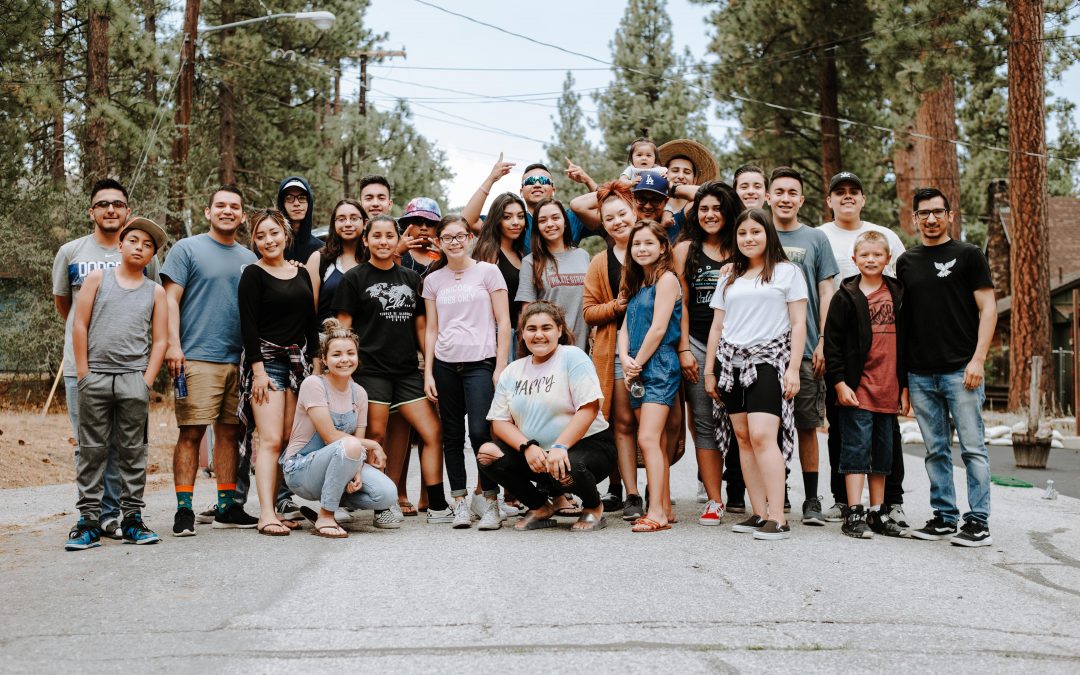
10 Tips For Rocking Your Zoom Calls
More than 5% of the US population (including myself) works from home on a regular basis. During the current coronavirus pandemic, however, we’re all experiencing a trial by fire when it comes to remote work. Most of us aren’t used to using Zoom so often and a lot of (sometimes hilarious) teleconferencing faux-pas are peppering our days.
Just take the care newscaster featured on Last Week Tonight as an example. While giving his report live, his cat was behind him cleaning itself enthusiastically. Believe it or not, no one remembered what he said – the cat stole the show.
I myself have been working remotely for years. I’ve seen the ins and outs of teleconferencing from the very beginning, and I’ve seen (and made) quite a few faux-pas. From connectivity issues to distracting backgrounds, there are lots of ways to Zoom call correctly…and incorrectly.
That’s why I decided to give you a list of 10 Zoom DOs and DON’Ts that can help you in this time of remote work, so that you can nail your e-meetings and stay productive!
#1: Get a Good Webcam & Mic
Nothing is more frustrating than a bad audio or video connection. In a time when Zoom is all we have to communicate, good video and audio is essential. Get a decent mic and camera. Sure, your laptop has these built in, but they generally suck.
I love the Blue Yeti mics, but any decent headset will do.
On the webcam front things are more complicated right now due to limited availability, but Ebay, OfferUp, and other sites often have decent second-hand webcams available. They are well worth it.
#2: Avoid Zoom Backgrounds.
Did you hear about the woman who led a meeting as a potato because she didn’t know how to turn off the filter? I know it’s fun to flip through the backgrounds and filters, but they can be pretty distracting, especially as you see people weirdly morphing in and out of the background. I had a call with someone last week and for most of it their right arm was floating in midair like a dismembered ghost.
I know, I know, you are going to have to tidy up your office. It is the price we pay, folks. In any case, people love seeing where people live and their lives – it brings everyones’s personalities out.
#3: Use the Beauty Filter
Oof, early morning calls. We all know you probably woke up 5 minutes before your Zoom meeting, everyone did.
If your team prefers video calls over simple audio, use the “touch up my appearance” setting to make yourself look more put together in meetings. I am not sure what kind of voodoo they have built into Zoom, but it really works well.
Of course, I rarely use this feature. I have a beauty filter built directly into my face. Honest.
#4: Ride Mute With The Space Bar
We’re all stuck at home in our quarantines. That means young children, barking dogs, and more noise distractions that could disrupt your meeting.
Mute is your friend. Seriously: I have seen people not realize they were unmuted start yelling at their kids, their dogs, their spouses. I have heard people talking smack about people on the call. I even heard someone take their laptop to…well…the bathroom unmuted.
Stay mute as default and then use Space to unmute for the thing you want to say. Boom. Problem solved.
#5:Use Quick Invite
Many people still don’t use Zoom, or don’t know how. For a client or meeting for someone who you’ve never Zoomed with before, this is a simple way to make sure they’re able to join the meeting easily and quickly.
When you’re in a meeting, type ?Cmd+I or Alt+I to open the Invite window. Then simply send it to anyone who you want to invite to the meeting.
#6: Record Your Meetings
Sometimes, you want to remember what was said in a meeting. Zoom gives us the option to record the entire session. This is dead handy, especially if you need a record of key decisions and outcomes.
Type ?Cmd+Shift+R or Alt+R to start recording any meeting.
Type ?Cmd+Shift+P or Alt+P to pause/resume recording.
#7: Share your Screen
When it comes to certain projects, describing something verbally just isn’t enough. Sometimes we need to show. Zoom allows us to share our computer screen easily with others for these cases!
To start a screen share, type ?Cmd+Shift+S or Alt+Shift+S.
To pause/resume a screen share, type ?Cmd+Shift+T or Alt+T.
#8: Have Some Fun
Since most of the US is now in quarantine, we’re missing our social interaction. But did you know social interaction is a critically important factor to good health and longevity? Stay mentally healthy by zooming for fun with your friends.
Coordinate a Zoom session with friends on an evening. Get together and have a few drinks or snacks. My wife and I have learned how to mix cocktails from friends on a Saturday night over Zoom. My parents have been playing games over Zoom with their friends. Get creative – it is incredible what you can do.
Here is an example from last night here at Castle Bacon:
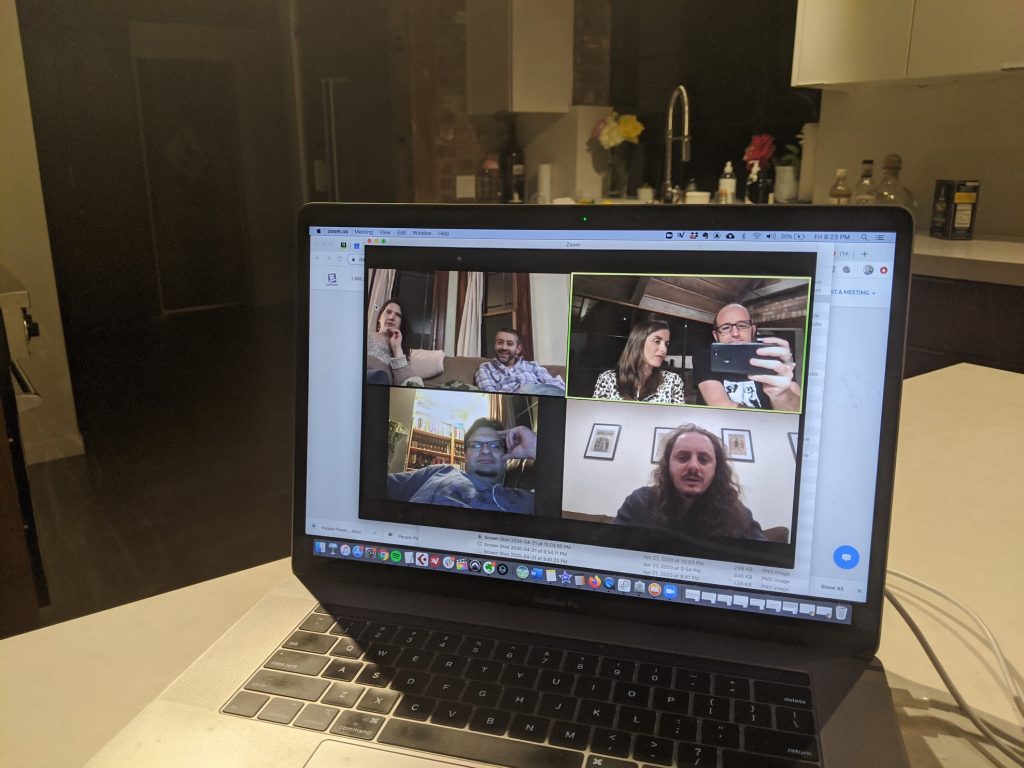
#9: Use Break Out Rooms
Zoom now has a feature called Breakout Rooms built in. With it you can break a larger group of people into smaller groups for discussions.
For example, I join a regular marketing call with some folks. Around 40 people join each session. Then, near the end of the session we all break into groups of six where we have a discussion for around five minutes. Then, we come back to the main group.
This is an awesome way for people to get to know each other in a more intimate setting.
#10: Use the Slack integration
Many of you will be using Slack at work.
Well, the Zoom Slack Integration is pretty neat. You can use it to start Zoom meetings right inside Slack. Just types /zoom to see the available options.
There you go. Happy Zooming!

SEO: You Are Doing It All Wrong
Who doesn’t want lots of organic traffic in their website analytics?
I know I do. In fact, 61% of marketers say improving SEO and growing their organic presence is their top inbound marketing priority, and for good reason. The first organic mobile listing gets 27.7% of clicks. That’s a game changer for almost any business and community. So, how do you even get close?
A few years ago, ranking highly on the first page of Google was as easy. You could pay for random backlinks, optimize your meta-tags and voila! Traffic! Simpler times.
Today, things are very different.
When it comes to your SEO, always remember: Google’s #1 priority is the customer experience. So what’s changed?
One thing: competition.
So many more people are on the web today and this has prompted Google to change what they prioritize and reward. In fact, you could even be penalized today for what would’ve benefited your SEO years ago. So it’s important for your business and community to know what’s working, and what is working changes.
Here are 6 tips on how to stay in Google’s good graces with your SEO strategy.
Tip #1: Content Is King
You’ve heard it before, and you’ll hear it again. Content is the name of the game. Not just any content, but quality, relevant content.
Know your demographic inside and out and provide them the answer to the questions they ask. Understand needs and create crisp, focused, readable content that they want. Be intentional about an editorial calendar focused on a regular drip-feed of unique, relevant content that your audience want. Understand their needs and serve them well.
The more high-quality content you offer your readers, the higher you’ll rank!
Tip #2: Keywords (But Don’t Overdo It)
Many people think of keywords as the “magic bullet” that will get them to rank #1 over night. They are still useful but not the same way they used to be.
Here’s an example of a keyword strategy used in the good ol’ days:
“Welcome to Manny’s auto parts store! We sell the best auto parts in all of Boston. Looking for auto parts? Look no further than Manny’s auto parts. We have a lot of auto parts!”
This tactic, known as keyword stuffing, is now frowned upon by Google, but it once was common practice.
How to use keywords today: Start by researching keywords you want to rank for, including variants. Write amazing content on the subject, including the keywords in a natural and relevant way that will be helpful to those searching for it. Don’t stuff, just apply your keywords naturally. Rinse and repeat!
Tip #3: Doing Links “Right”
Link building is tied for first place with content for how important it is for SEO ranking. Link building is when another website links to yours, especially if that website is established. For instance, if the New York Times published an article you guest-wrote for them, that would be about the strongest backlink ever. Google really likes that.
The trick is that you have to build them over a long time, and by doing the right thing. Focus on creating guest content elsewhere, going on podcasts, going on webinars, and other ways of generating material that will bring people back to your site.
Tip #4: Images and Load Time
Did you know you can squeeze “SEO juice” out of images, too? It’s true. In fact, 20% of all Google searches are image searches!
By optimizing image descriptions and tags, you can cast an even wider net than if you didn’t. Make you always fill in those tags, and don’t embed enormous images that slow the page loading down. Websites get dinged for slow loading.
Tip #5: E-A-T
No, not second breakfast. E-A-T stands for Expertise, Authoritativeness, and Trustworthiness.
Google loves to boost rankings for people they know are the real deal. Companies that have bad customer service or lack proper credentials will not rank as highly as their trustworthy competitors.
Accomplish E-A-T by creating amazing content in your target niche, treating your community members and customers well, and creating content that people often like to connect to share and share. This all builds your broader credibility, which in turn results in better search rankings.
Tip #6: Page Optimization
This hasn’t changed much from the old days of Google, but it has become more complicated. You need to optimize every element of your website, from navigation to load time to meta tags. Make it as easy as possible for users to find information and browse your site. Google is like a nosey neighbor sticking their nose in your business – make sure your house is shipshape.
There are countless tools out there to evaluate page performance, and Google Analytics is one of the most powerful. Get your page loading time down as much as possible. You might want to also consider using a caching service such as Cloudflare.
The key takeaway from these tips is that, along with back-end optimization, it pays off to invest in a really good community and user experience. By providing relevant value, you’ll attract a larger, more relevant audience.
Best of luck!
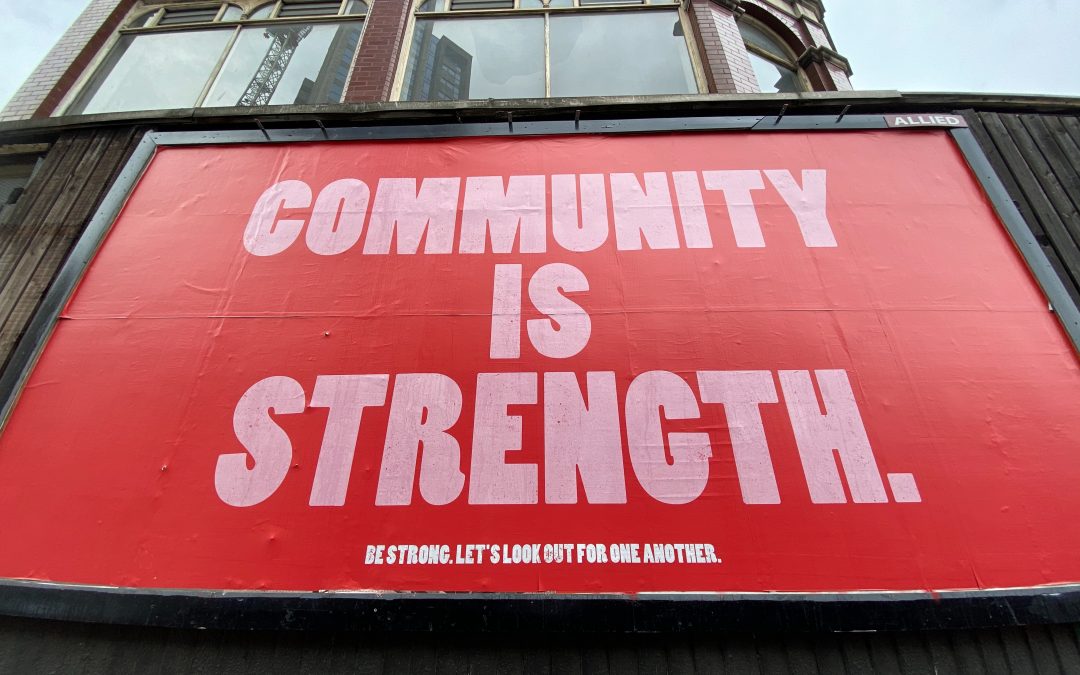
Mårten Mickos on Hacker Powered Security and Building Businesses
If you have been around open source and security, you will have likely heard of Mårten Mickos.
Previously CEO of MySQL (which sold to Sun for $1billion), then leading Eucalyptus Systems, and now CEO of HackerOne, Mårten is one of the most accomplished leaders in technology. He been a consistent fixture, not just because of his success, but also his tonality and approach.
I was thrilled to bring Mårten on Conversations With Bacon to explore his career, approach, and how he is enable a more scalable, “hackered powered” approach to security.
In this show we get into a broad range of topics, including:
- How he got involved in entrepreneurship and built is sea legs.
- How he wrestled with early challenges and failures in is career.
- How to strike the right balance of power and influence when joining a new company as CEO.
- What “hacker powered security” is, how it works, and how it is changing the industry.
- How HackerOne has approached changing the cultural norms of security.
- How HackerOne approached the US government to engage in community-driven security and deliver over 12,000 vulnerabilities.
- The public perception of hackers and what it means today.
- What motives and drives hackers.
If you are interested in technology, entrepreneurship, or security, there is plenty in here to dig your teeth into.
Communities are changing the way we do business. Discover a concrete framework for building powerful, productive communities and integrating them into your business. My new book, ‘People Powered: How communities can supercharge your business, brand, and teams’, is out now, available in Audible, Hardcover, and Kindle formats. Be sure to check it out, and grab the People Powered Plus pack with free templates, bonus content, and over $2000 of special offers.

Dr. Diane Hamilton on Understanding The Role Of Curiosity In Our Lives
Curiosity. We all know what it is, but where does it come from? What is the purpose of curiosity and how does it play a role in our work, our future goals, and more? How can we harness curiosity without it becoming a distraction.
On this episode of Conversations With Bacon, Dr. Diane Hamilton joins me to dig into curiosity. She is a nationally syndicated radio host, award-winning speaker, author, and educator and a leader in the fields of leadership, sales, marketing, management, engagement, personality, curiosity, and motivation. She has explored how to unpick curiosity to better understand the role it plays in our lives.
If you are interested in the psychology of what makes us curious, be sure to check out this episode!
Communities are changing the way we do business. Discover a concrete framework for building powerful, productive communities and integrating them into your business. My new book, ‘People Powered: How communities can supercharge your business, brand, and teams’, is out now, available in Audible, Hardcover, and Kindle formats. Be sure to check it out!

